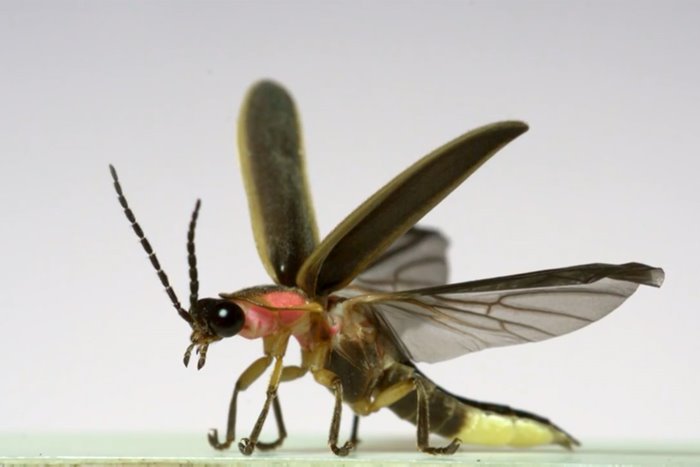One Of The Professors Of The University Of North Carolina Has Prepared A Very Interesting Educational Video Of Insects In Slow Motion, Which You Can Watch Below.
Dr. Adrian Smith, an assistant professor at North Carolina State University, has just recorded an exciting super-slow-motion video for his YouTube channel Ant Lab that we have never seen before. The video produced by Adrian Smith is not only beneficial for educational purposes but also very attractive.
When filming the main subjects of the video in question, he deliberately went for winged insects that are rarely seen.
Insects such as butterflies, bees, or common flies are abundant in the videos, and their videos have become repetitive, says Smith. In his video description, he says that he only went to film strange insects.
Adrian Smith claims that the insects in his video have never been seen in slow motion. The footage recorded by Adrian Smith includes various insects, such as butterfly moths, fireflies, lichen moths, common stoneflies, aphids, etc.
Among the insects filmed by Adrian Smith, shrapnels are the most interesting and make the video very interesting. Shaperak Golsang has a color similar to a watercolor painting (its image can be seen here ). Another type of shape can be seen in the video: the maple tree warrior shape.
Dr. Smith says that the maple tree bark beetle looks like a “flying doll.”
Dr. Smith says that this type of shark, unlike other types, does not jump and does not rotate the tips of its wings. He continues: “It doesn’t matter to anyone whether the Shaperk jumps. Just look at it! You are watching the best show. This shape looks like a flying doll. This screenshot shows an image of the insect, but it is better to watch the video to understand its beauty.
The story doesn’t just lead to an attractive video show. In his video, Dr. Adrian Smith mentions the results of some studies conducted on insect flight. He also describes how they evolved and explains why insects fly differently in the video at the end of the article. To see similar videos and learn new information about insects, you can take a look at Dr. Smith’s YouTube channel.

